Mt. Everest’s Khumbu Icefall is no stranger to danger, but things are getting worse.
Experts pointed out that due to rising temperatures, this 1.6-mile icy stretch has become even more treacherous, raising the risks of deadly avalanches significantly.
Delays and Dangers
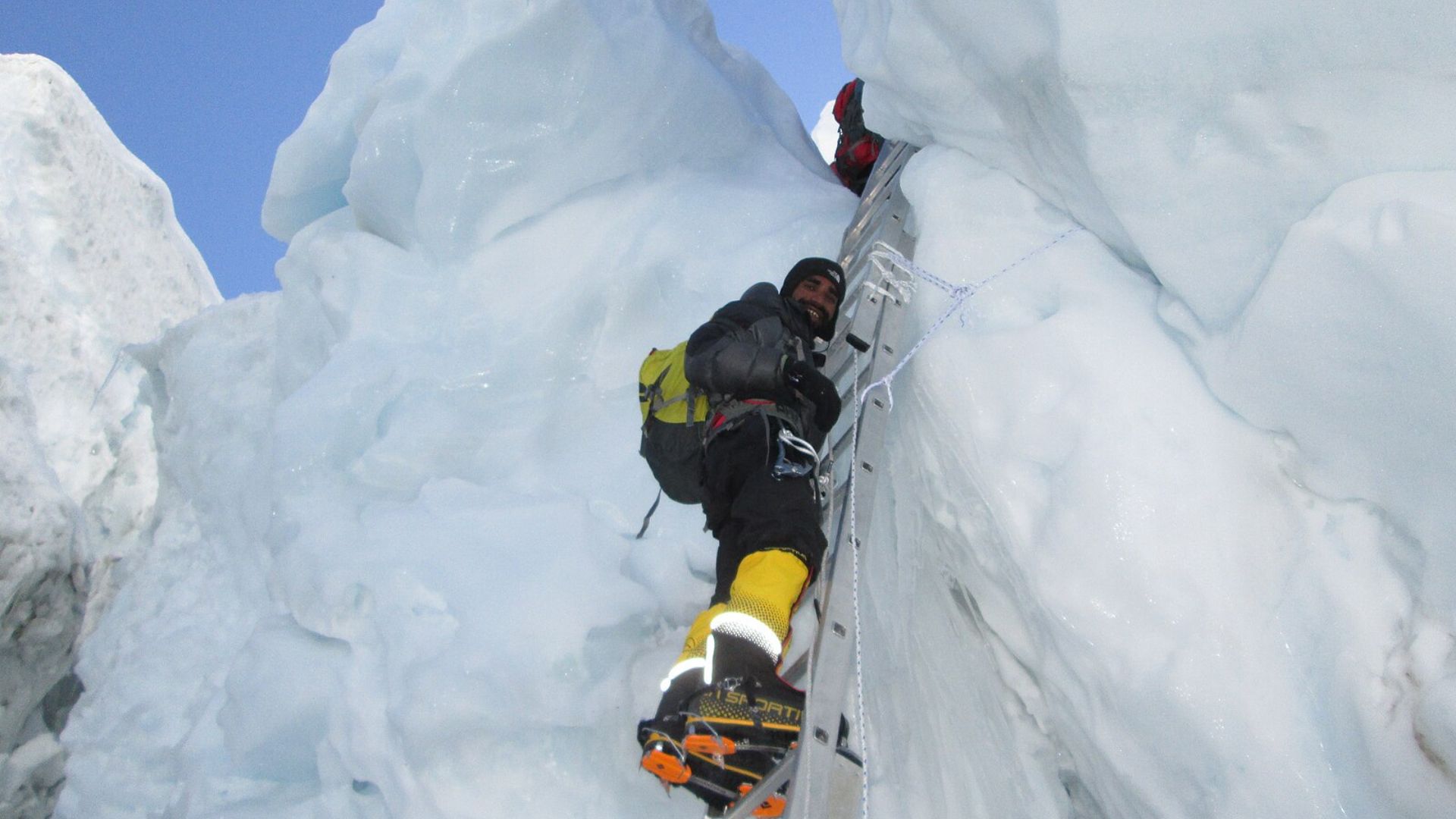
This climbing season faced a 12-day delay, all thanks to the increasingly unstable conditions at the Khumbu Icefall.
With higher-than-normal temperatures at play, climbers had to wait as the path became riskier, suggesting a chilling future for the trek.
Condition Forced Sherpas To Consider Alternative Routes
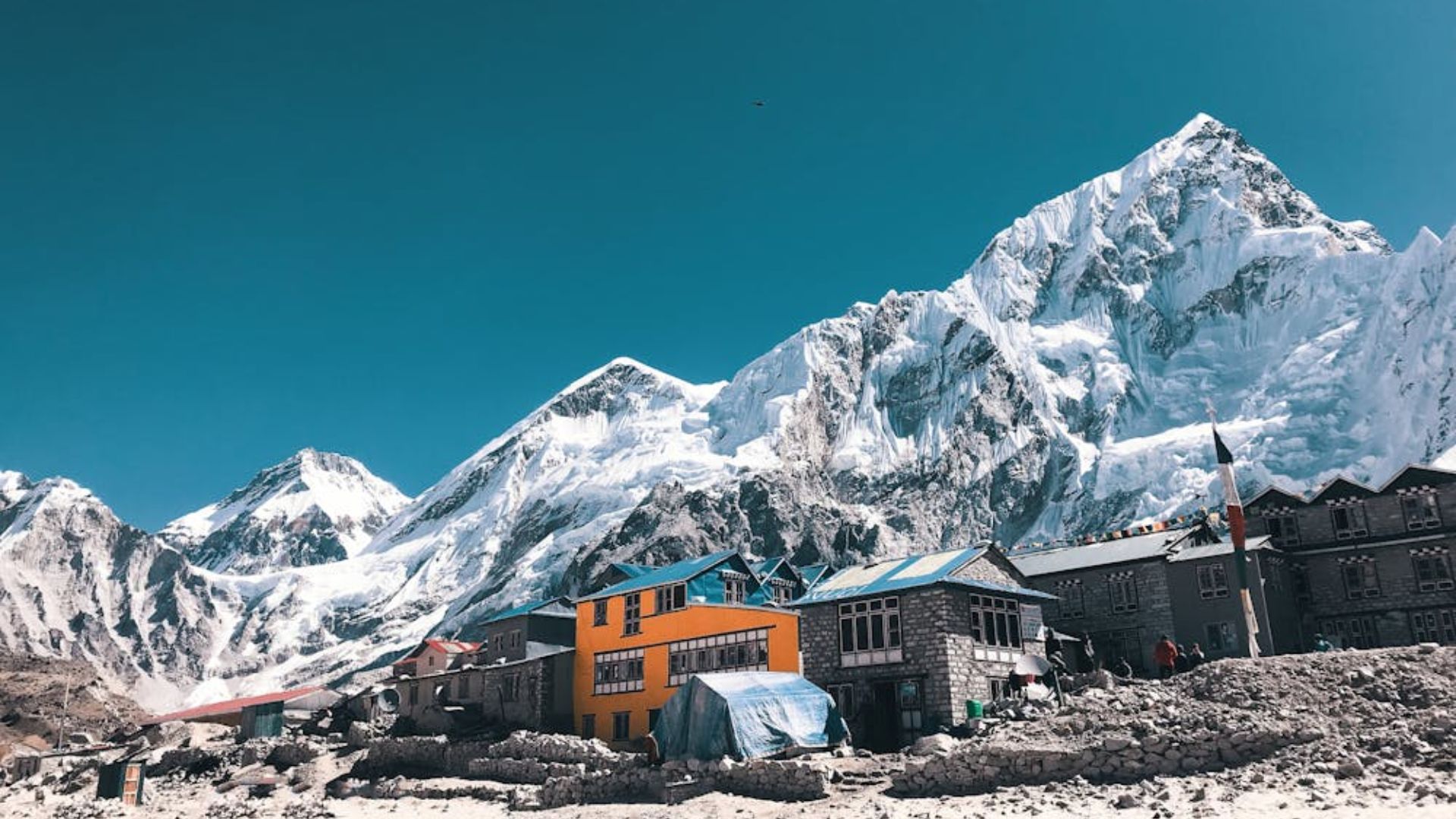
The main reason for the delay was that the route the Icefall Doctors hoped to open resulted in two dead ends.
The Sagarmatha Pollution Control Committee said: “First, they tried to go close to Nuptse and encountered a crevasse that couldn’t be crossed. Then they turned back […] but eventually hit a huge, overhanging serac.” The Sherpa hoped the block of glacial ice would collapse any day, but it did not.
Nepali Workers Struggled To Find A Safe Path
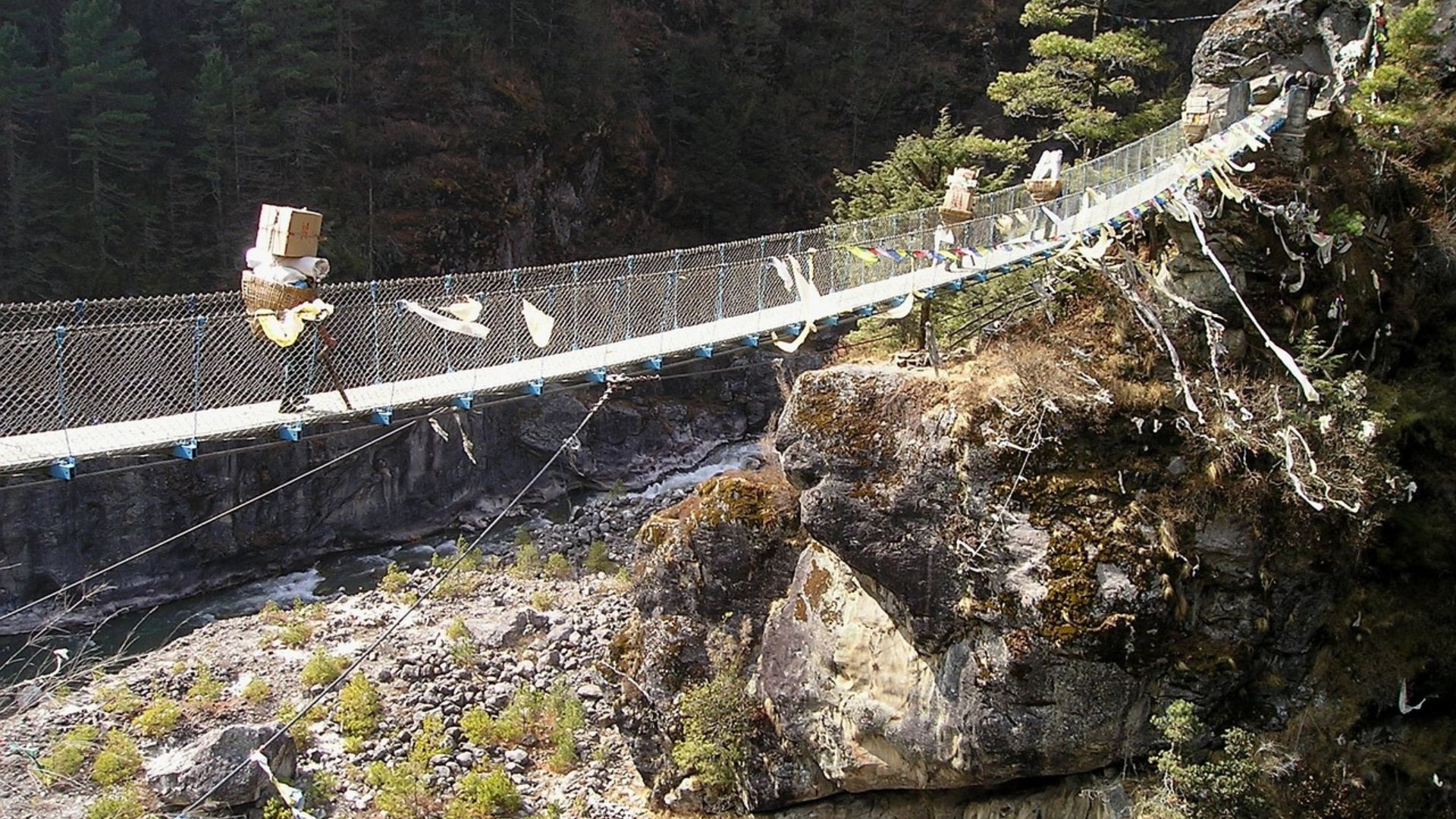
The delays were caused by new dangers that were identified by the Icefall Doctors, Nepali workers who chart out the official route through the Khumbu Icefall.
In 2023, three Icefall Doctors died undertaking the dangerous work. Tourists cannot progress on the expedition until they have established a path. Pemba Tshering, an Icefall Doctor, said: “The ice there was too fragile and risky – we were struggling to place ladders and ropes along the section.”
A Growing Threat

Over the decades, the Khumbu Icefall has claimed 45 lives, and that number could spike.
“Going up there one part of the day and coming down the next day could look very different. And the probability of that getting worse with a warmer climate increases,” said Paul Mayewski, climatologist at the University of Maine.
New Dangers Make Quick Work For Sherpas
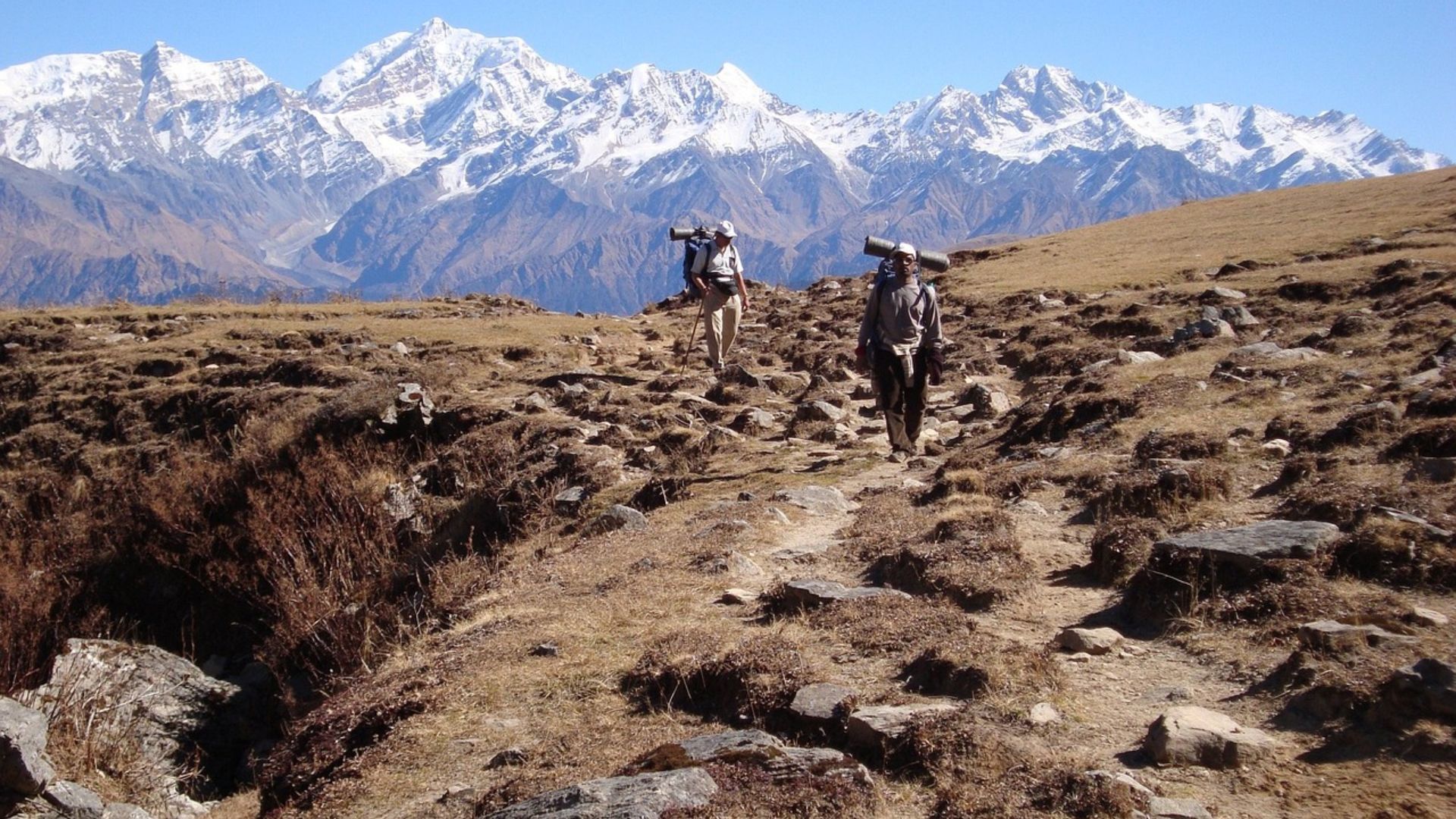
With an influx of tourists and new dangers afoot, establishing a safe route has become a highly stressful and fast-paced job for the Sherpas.
Tashi Sherpa, chairman of the Nepali guiding company, 14 Peaks Expedition, expects around 100 clients this year, and the delay puts Sherpas in a dangerous position. “This means it is a rush for us. I think the Sherpa will not get so many rest days this year because they have to work very hard now,” Sherpa said.
The Himalayan Glaciers Are Thinning
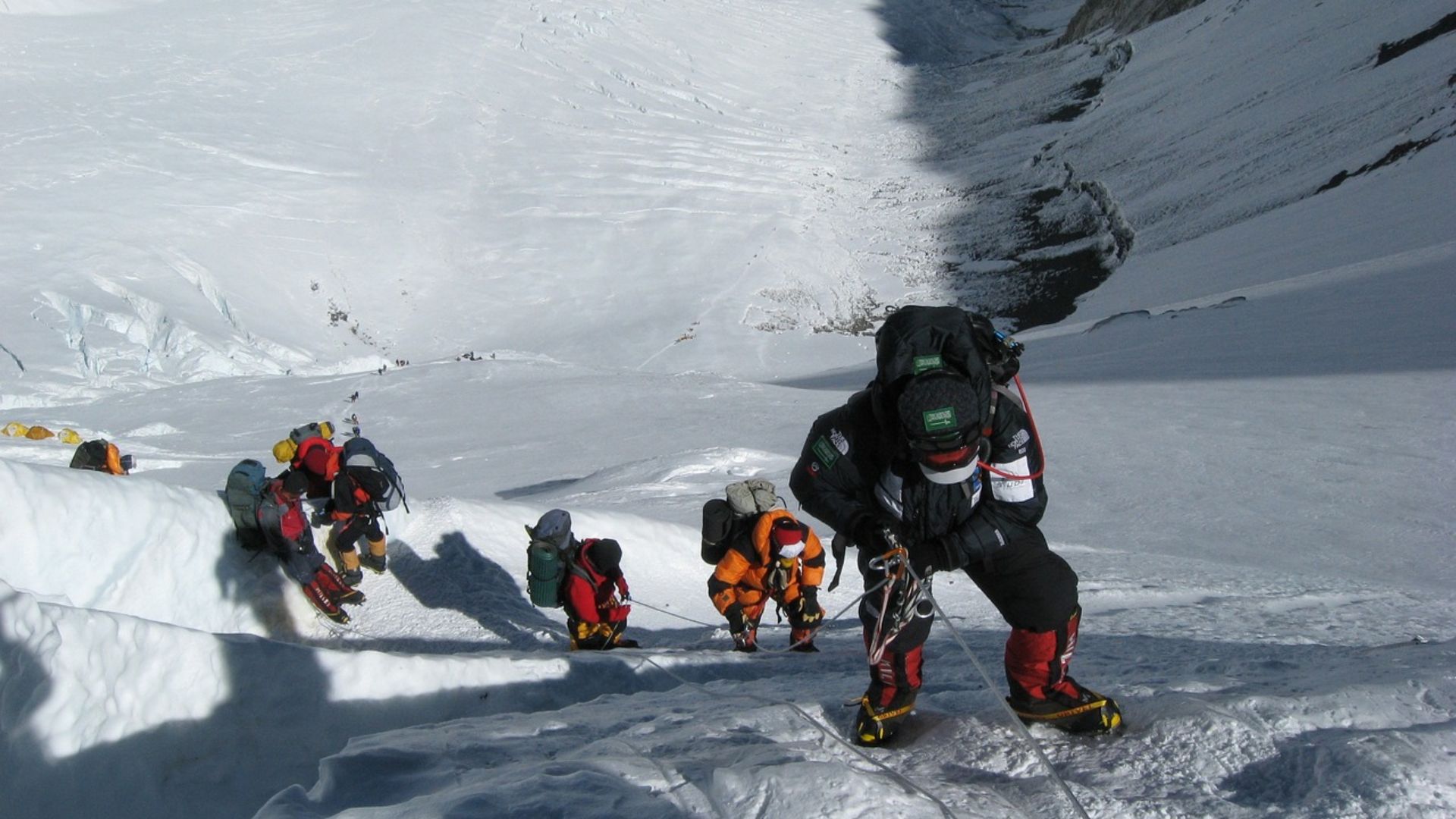
Joseph Shea, associate progressor of environmental geomatics at the University of Northern British Columbia, told ABC News that the glaciers are thinning, making the mountains less reliable. Climate change is causing glaciers to retreat and permafrost to melt.
“The Khumbu Icefall, which is already really difficult to navigate, that becomes less reliable,” Shea said. Routes such as the Khumbu Icefall directly rely on the stability of glaciers.
Climate Change Makes Climbers More Vulnerable To Accidents
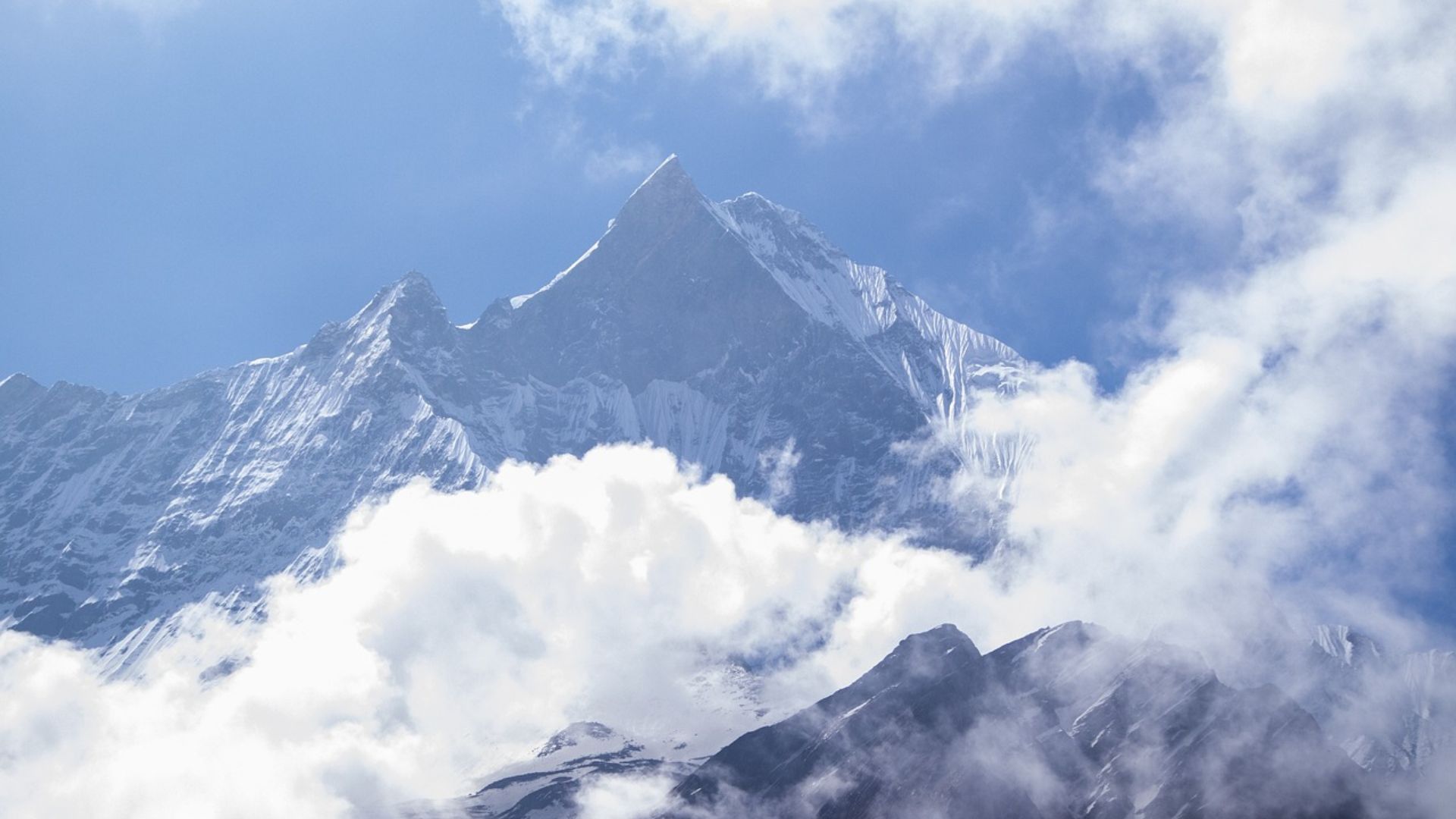
Anuppanthi/Pixabay
Last year saw a record-breaking number of deaths among Everest climbers. Due to climate change, the unstable conditions could lead to a spike in fatal accidents.
Glacial melting can cause rockfall events in high mountain areas because many rocks are held together by permafrost or frozen ground. Duncan Quincey, professor of glaciology, said climbers may no longer be able to go through some routes because some passages are on longer as frozen as before.
The Weather Is Becoming More Unpredictable
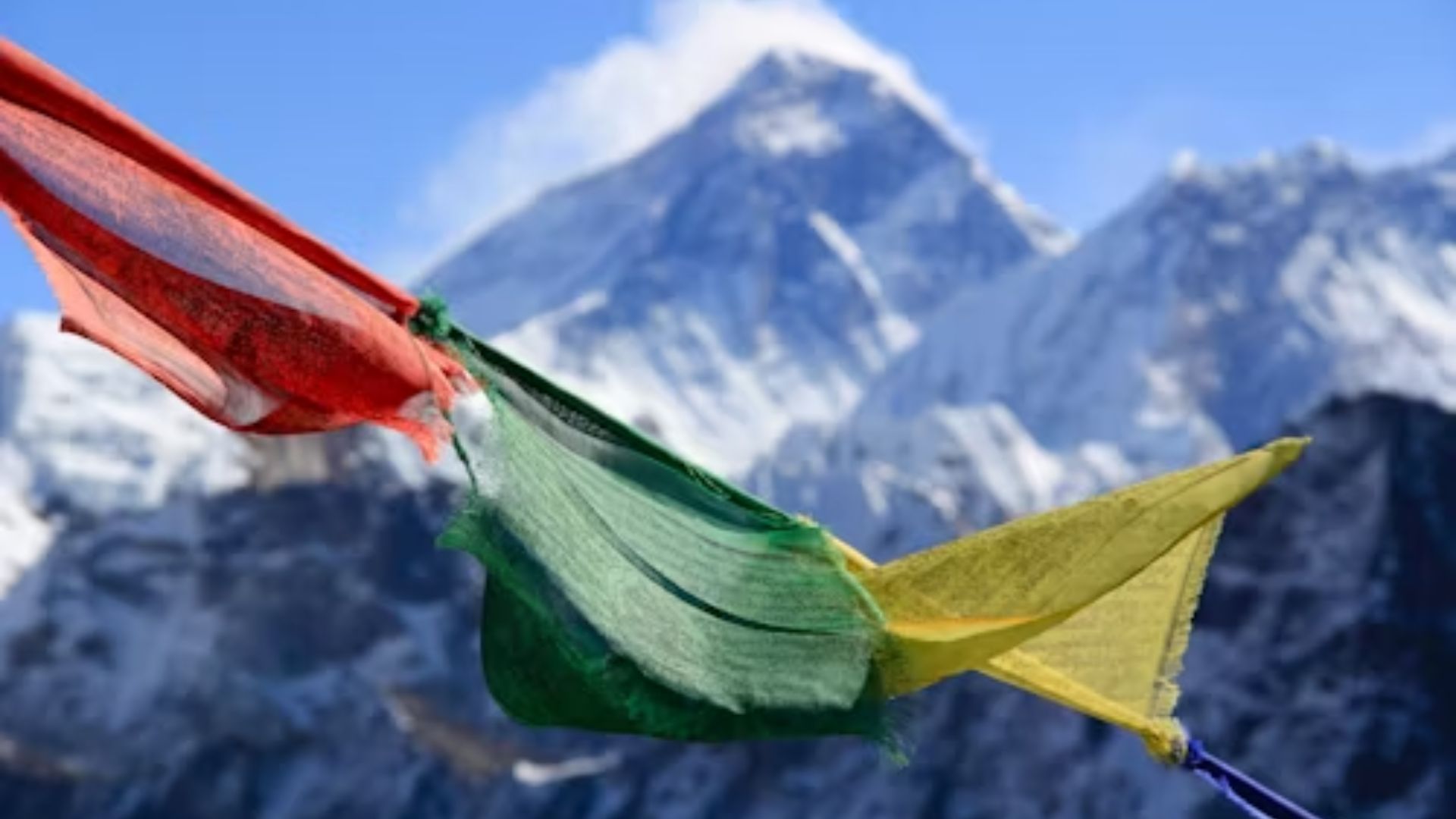
Kalle Kortelainen/Unplash
Climate change has not only affected the conditions of the glaciers and permafrost. The weather has become significantly more erratic and harder to predict over recent years.
“In 2019, there were only three days – as opposed to the typical 11 to 14 days – where winds were suitable for climbing. But in May 2022, nearly the entire month had favorable wind conditions, something that has never happened before,” said seasoned mountaineer, Alan Arnette.
Not Just Natural Threats
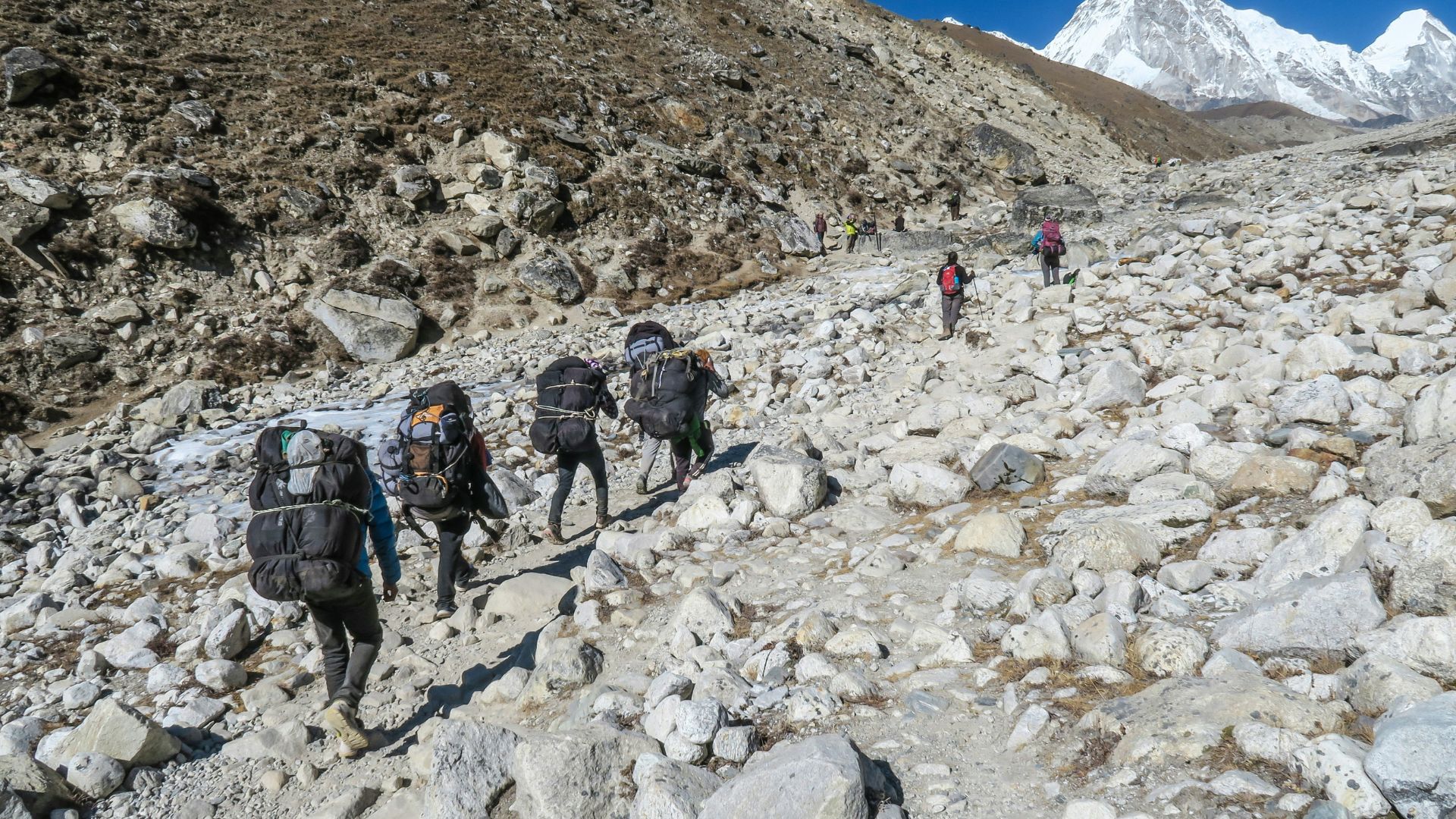
Mount Everest faces threats not only from nature but also from human activity.
The influx of tourists, eager to conquer the summit, poses a serious risk to the mountain’s delicate ecosystem and safety.
The Tourist Tide

Last year, over 1,000 tourists made it to Everest’s summit, each helped by a team of sherpas.
These climbers not only face natural dangers but also contribute to the strain on the mountain with their necessities and waste.
Fewer Permits Were Handed Out This Year
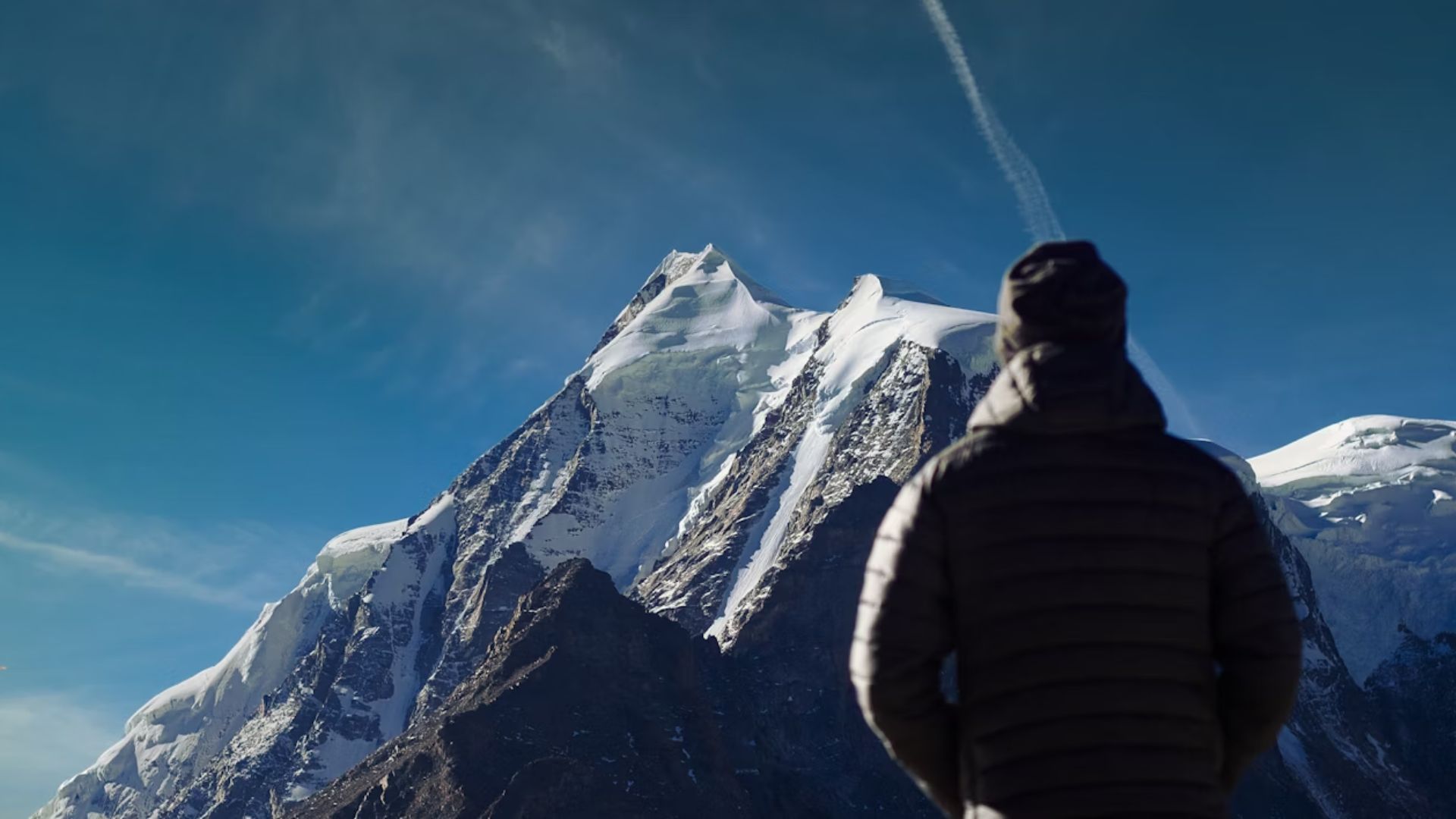
Somnath Ghosh/Unsplash
More people died on Mount Everest than ever before in a single season in 2023. The Nepalese government had also issued a record number of climbing permits: 478.
This year, the number of permits issued is 20% lower. It is not clear whether this is because there is less interest in Everest or because climbers are acclimatizing at home in hypoxia tents and therefore, arriving later.
Left Behind
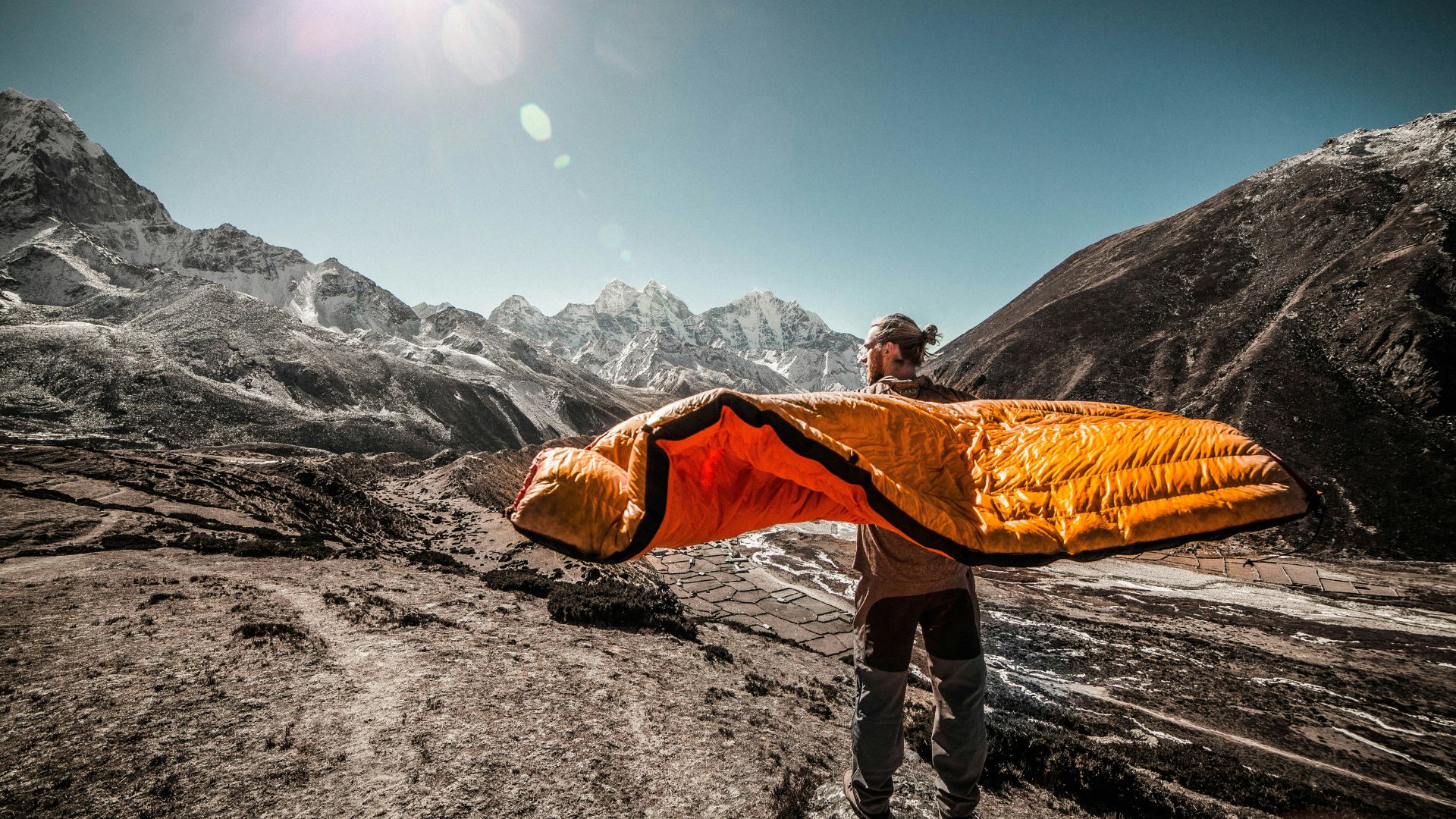
What remains after the climb is troubling: oxygen containers, food packaging, tents, and more litter the landscape.
This trash not only tarnishes the beauty of Everest but also presents environmental and ethical challenges.
Economic Impact vs. Environmental Responsibility
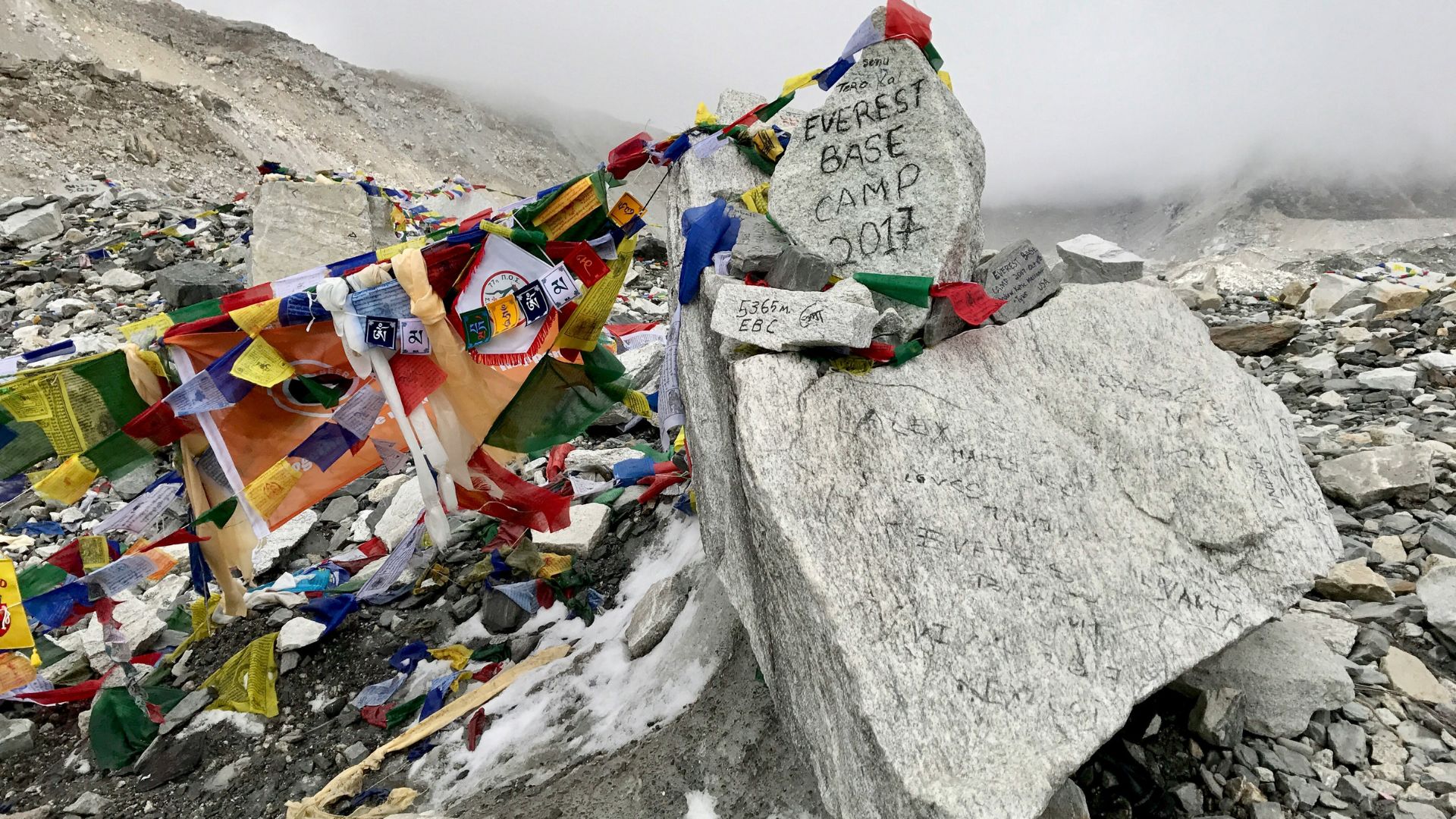
Nepal’s economy heavily relies on Everest tourism, leading to complex and sometimes lax enforcement of environmental regulations.
The balance between economic benefit and environmental preservation remains delicate.
Inconsistent Environmental Policies
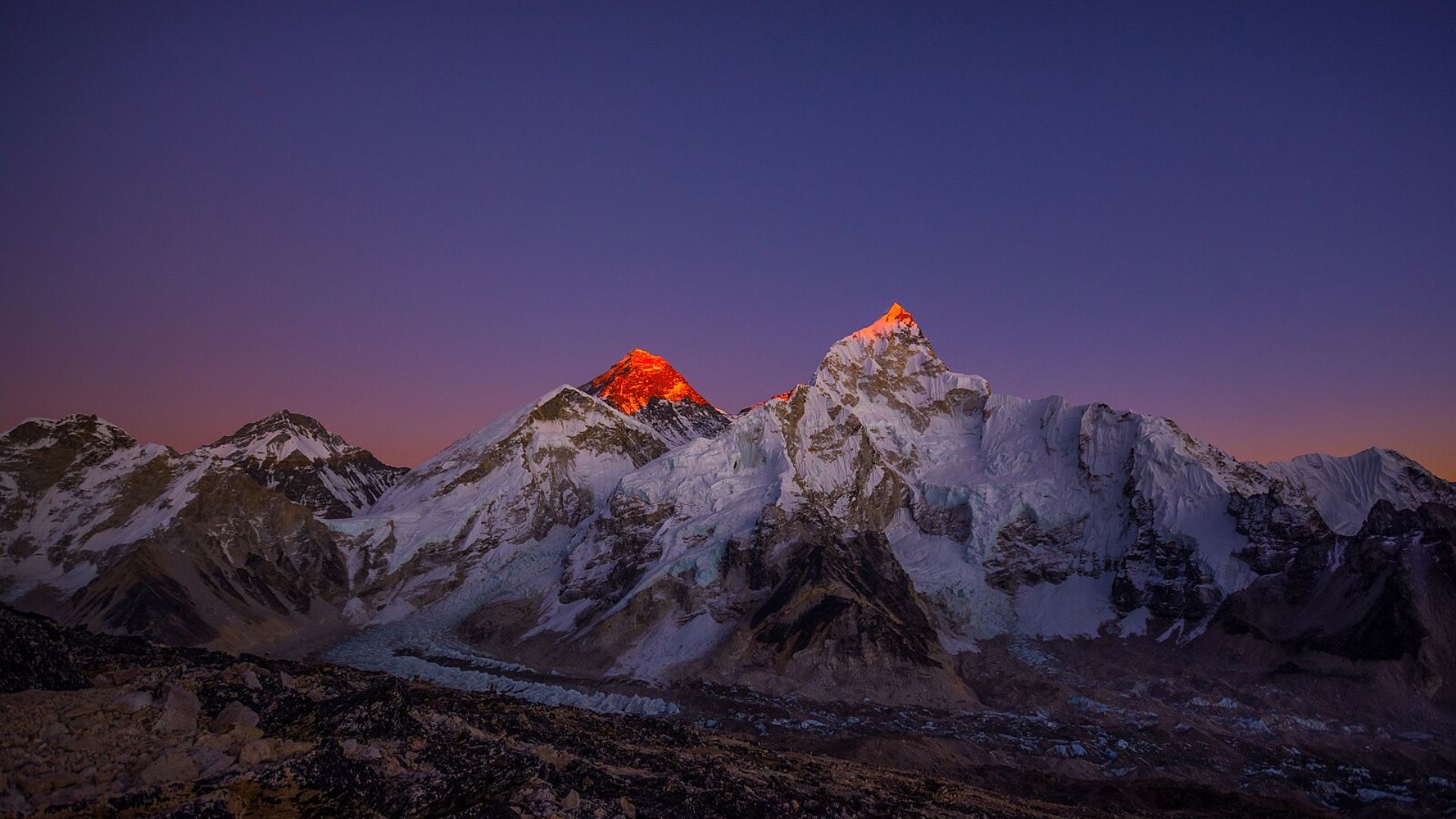
Efforts to manage waste and environmental degradation on Everest are hindered by the lack of clear and enforceable policies.
The Nepalese government has attempted to address these issues, but the effectiveness of such measures remains questionable due to inconsistent application.
Increasing Tourist Numbers
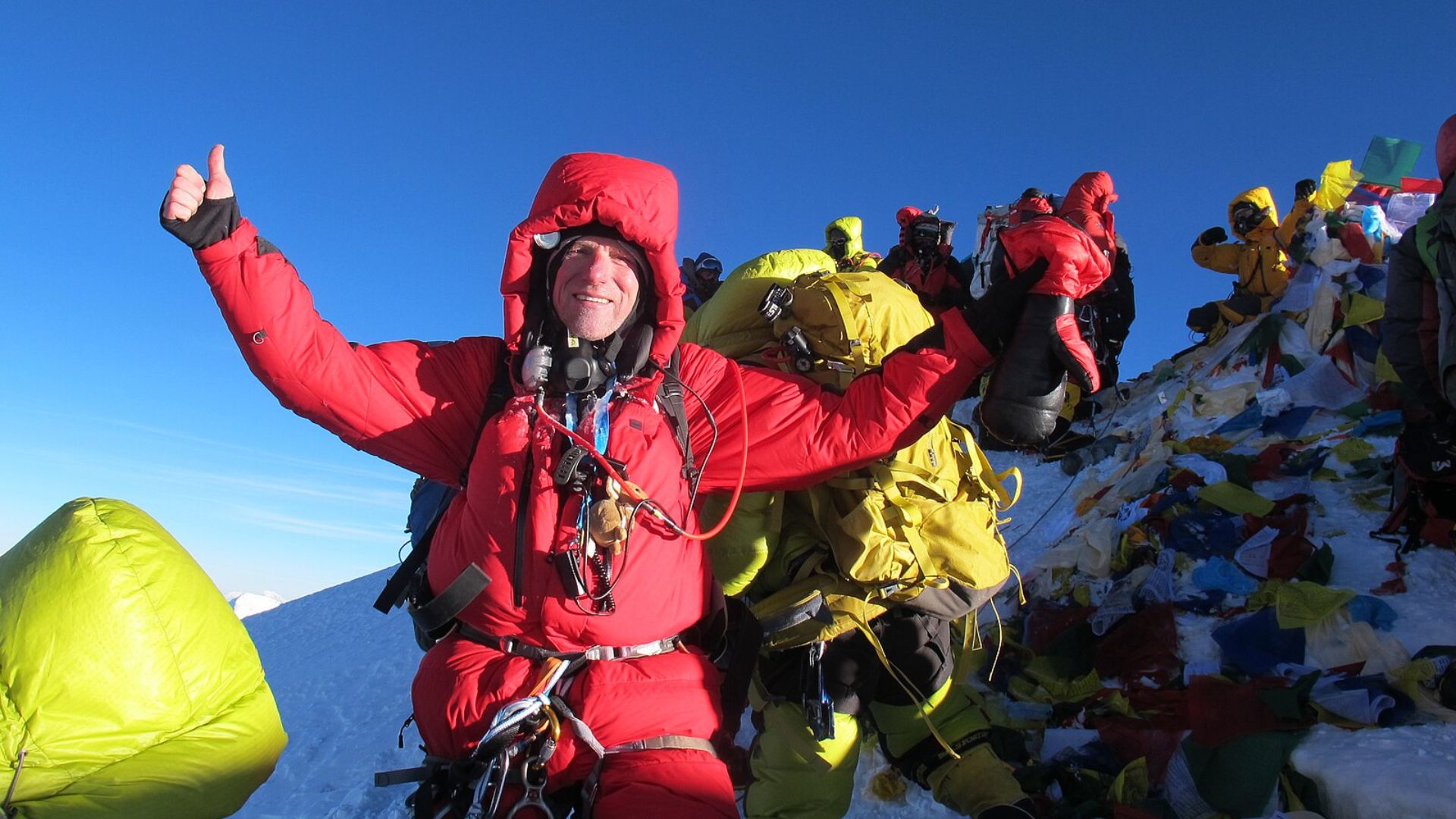
Despite the dangers and the environmental concerns, the allure of Everest continues to draw more adventurers each year.
The thrill of the climb seems to overshadow the potential risks and ethical dilemmas.
The Future of Climbing Everest
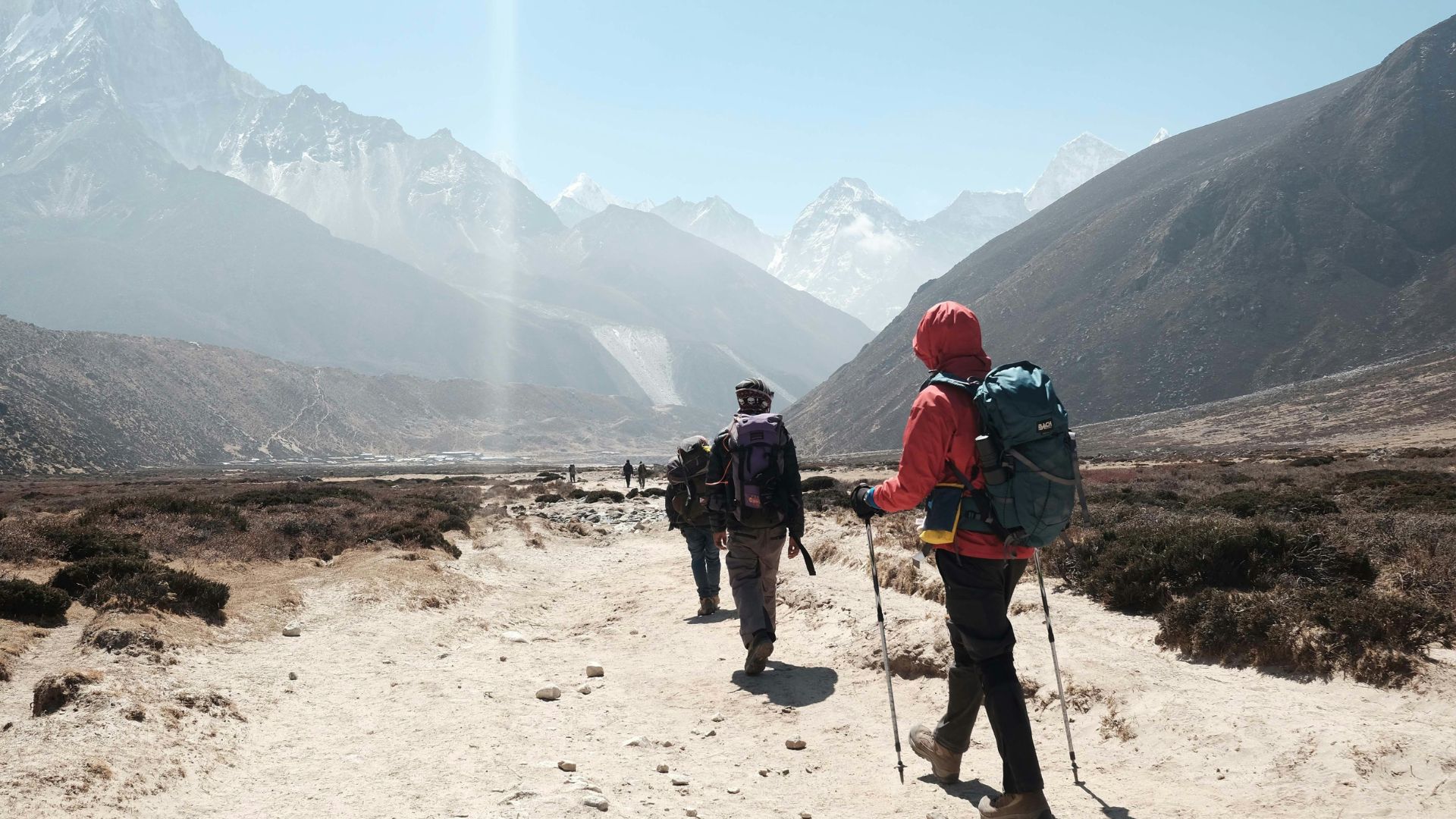
As the planet warms, climbing Everest might become even more challenging.
Yet, those with the means seem undeterred, finding new ways to claim they’ve conquered the world’s highest peak.
Climbers Might Expect New Climbing Rules
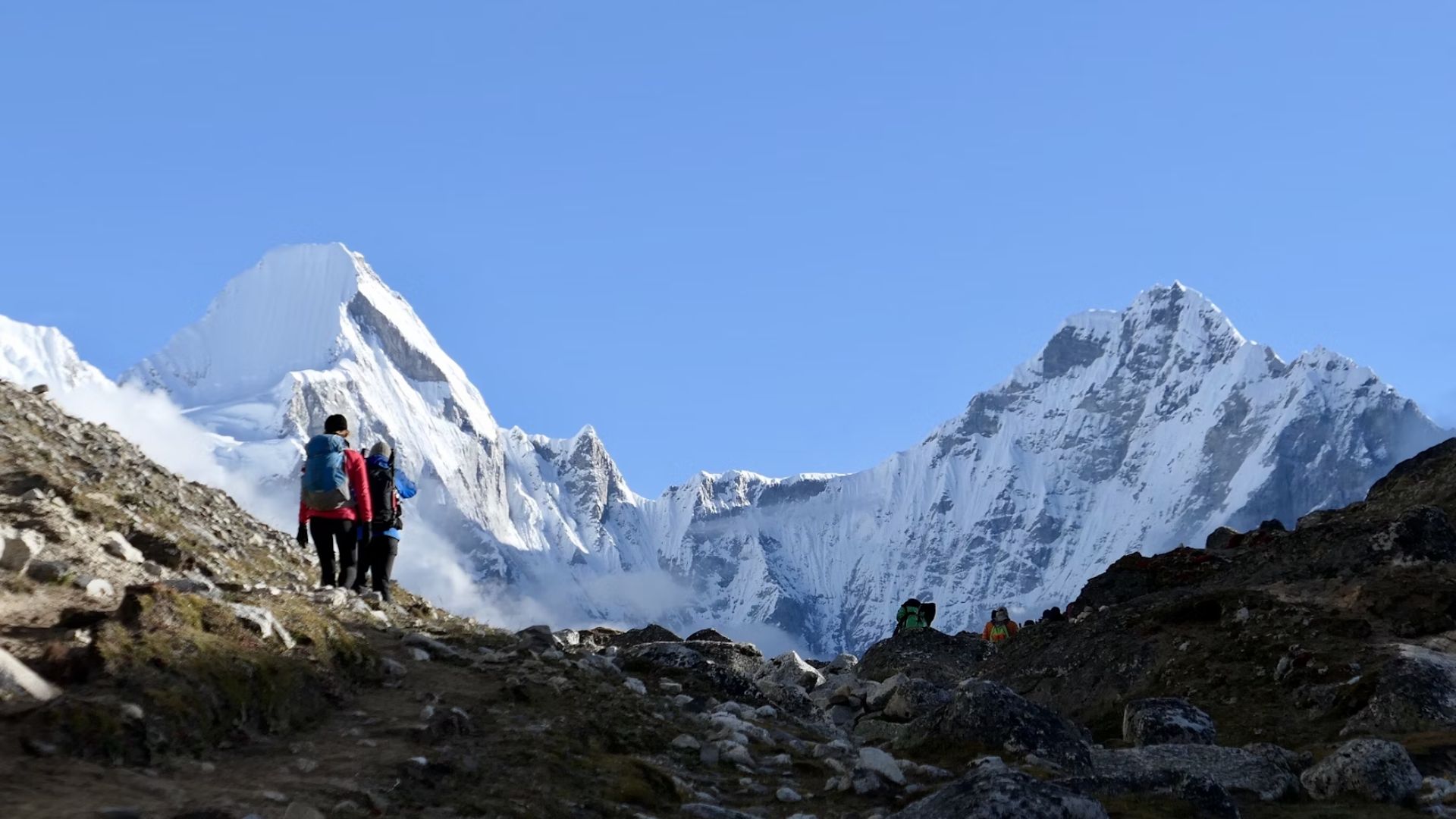
To combat littering and dangerous passages, new regulations from the Nepalese government may become part and parcel of the climbing experience.
On the southern Nepalese side, all mountaineers must now have electronic tracking chips sewn into their jackets to facilitate search and rescue operations. Also, for the first time ever, it is compulsory to bring excrement bags and bring them back down the mountain.
Cleanup Efforts Are Restoring The Landscape
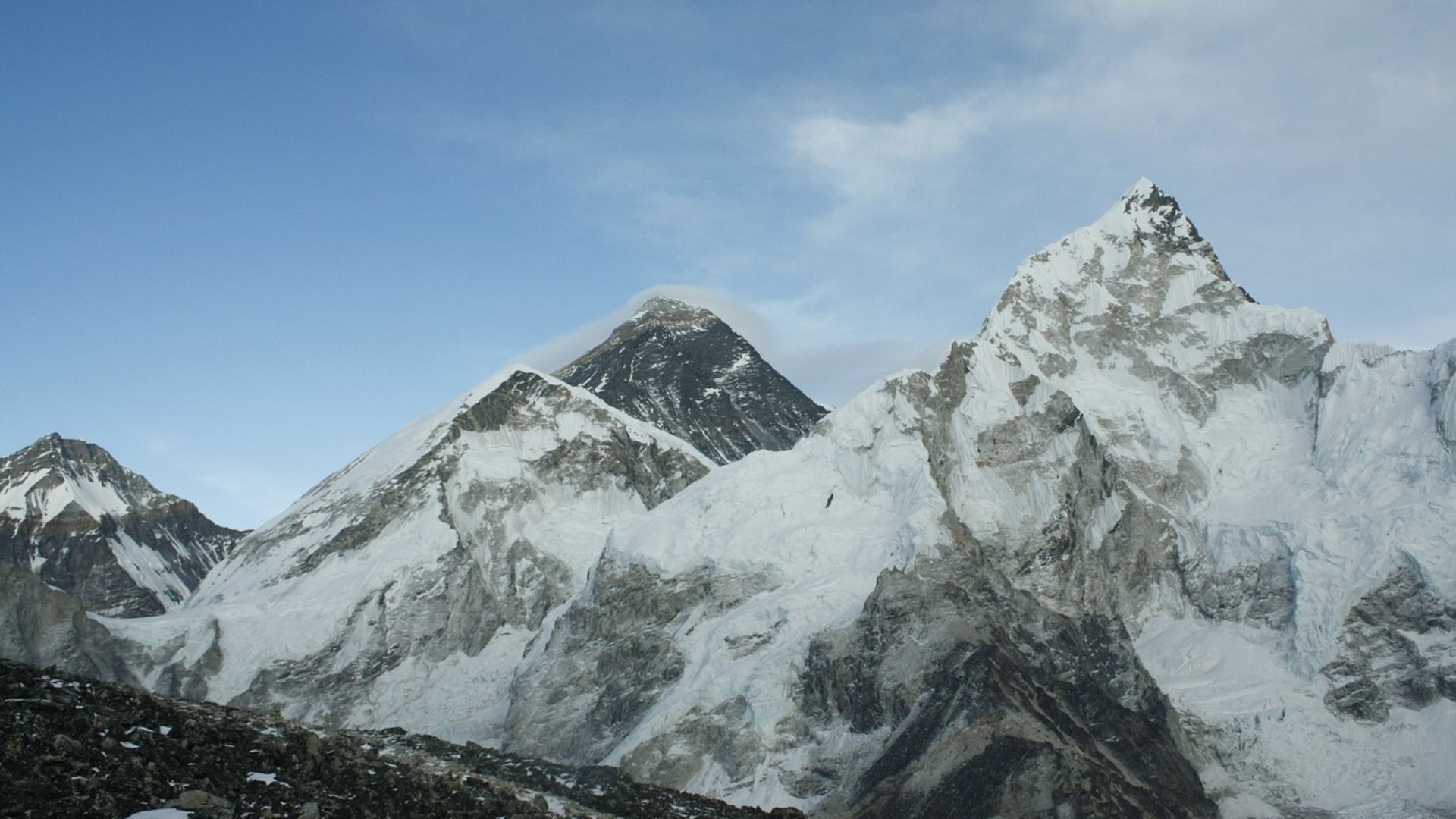
Pix47suraz/Pixabay
Despite the damage that the uptake in tourism has had on icefall, mountaineering organizations have made efforts to restore Everest’s landscapes to their former majesty.
Brent Bishop implemented a cleanup program paid Sherpas to remove garbage piles off the mountain. The initiative has resulted in the removal of 5,000 pounds of garbage and over 200 spent oxygen tanks since 1994. The Madison Mountaineering Cleanup Project cleans up areas surrounding Himalayan expedition camps.
Technological Advancement or Overkill?
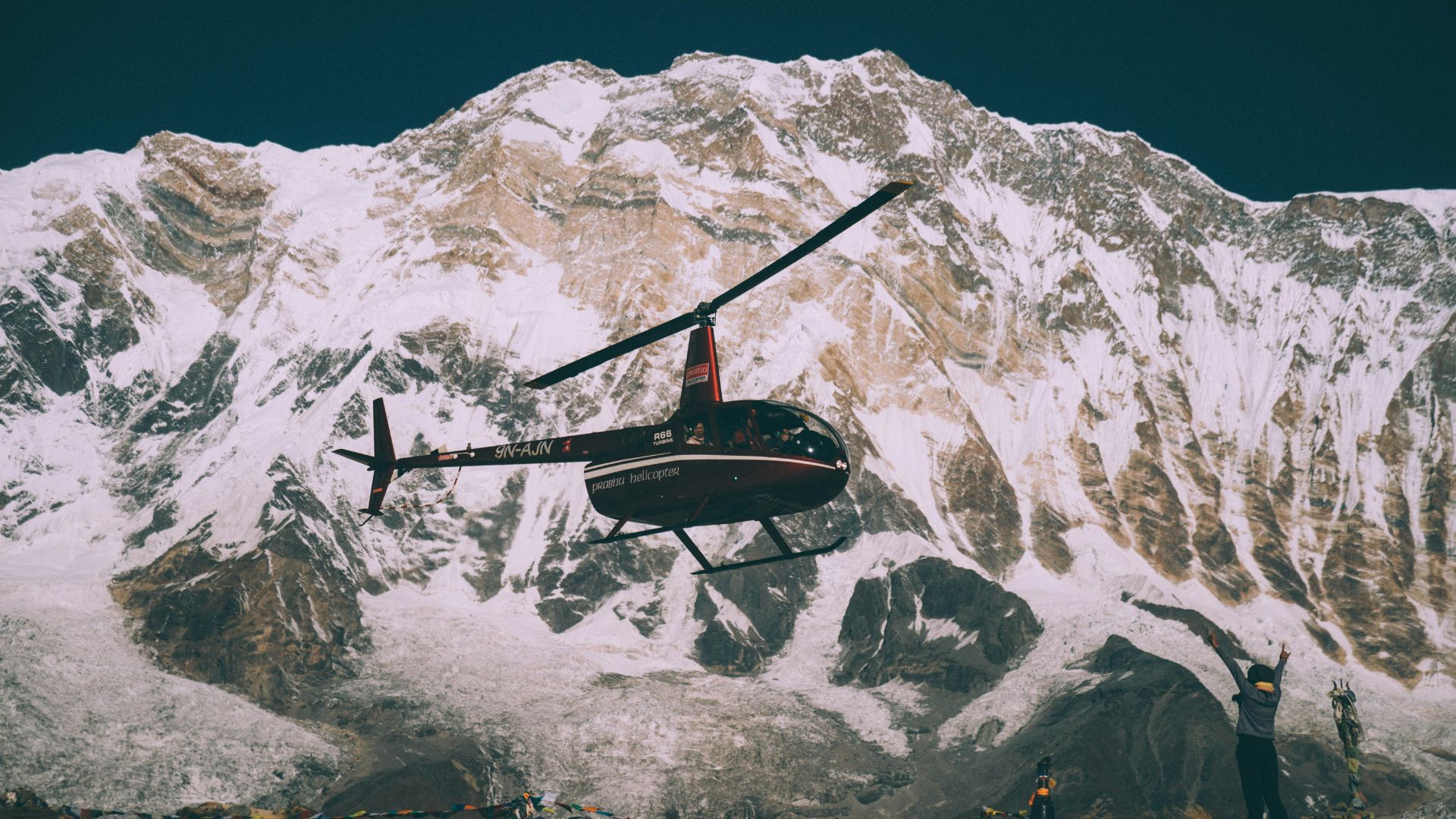
With advancements in technology, some climbers bypass traditional routes, opting to have gear sent by helicopters ahead.
This raises questions about the spirit of the adventure and the impact on the mountain.
Operators Are Reaching Out To Nepali Officials
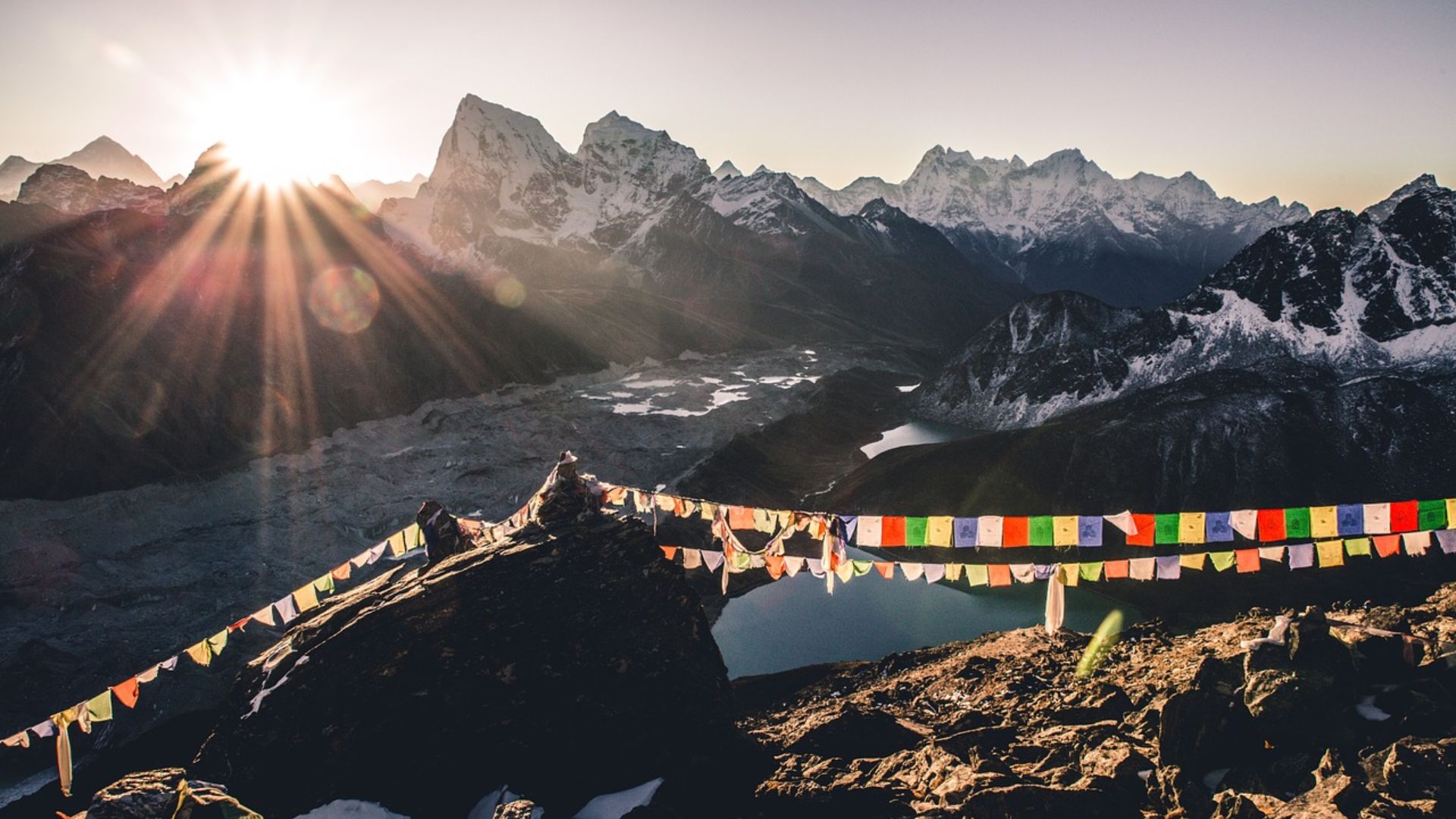
Tashi Sherpa told the magazine, Outside, that he plans to lobby Nepali officials to allow his company to transport climbers’ gear between camps via helicopter.
Currently, gear and food must be carried by humans. Sherpa said: “It is so dangerous to carry everything through the icefall by Sherpa. People’s lives are very important. How can you send one Sherpa 20 times through the Khumbu Icefall when it is this risky?”
A Dangerous Path Ahead
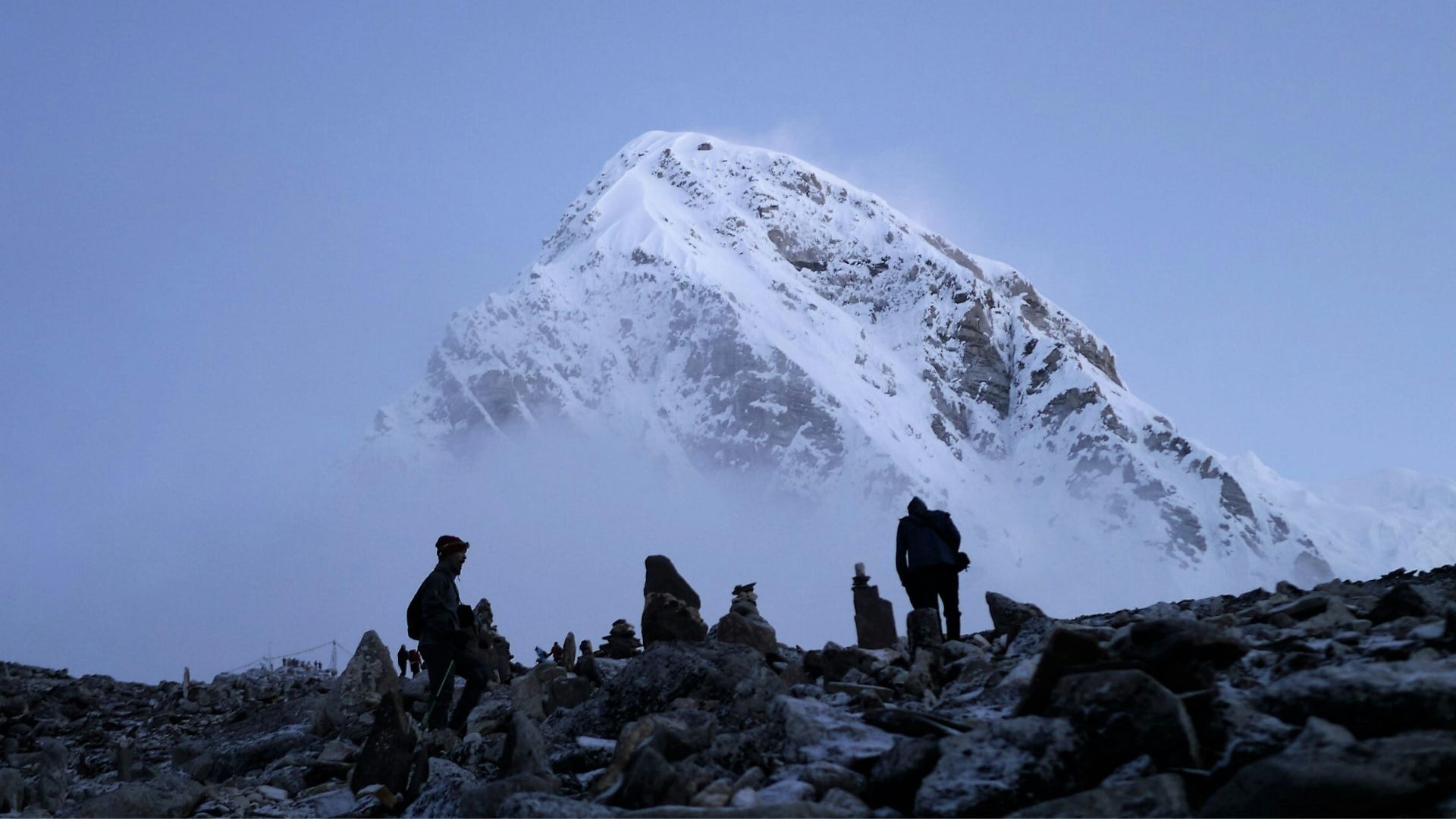
“Will people still be able to do it? Yeah, I think they will,” says Mayewski. “Will it be more dangerous? Arguably yes — it’s already pretty dangerous.”
The future of climbing Everest remains as uncertain and perilous as the mountain itself.
Could Everest Become Too Risky To Climb?
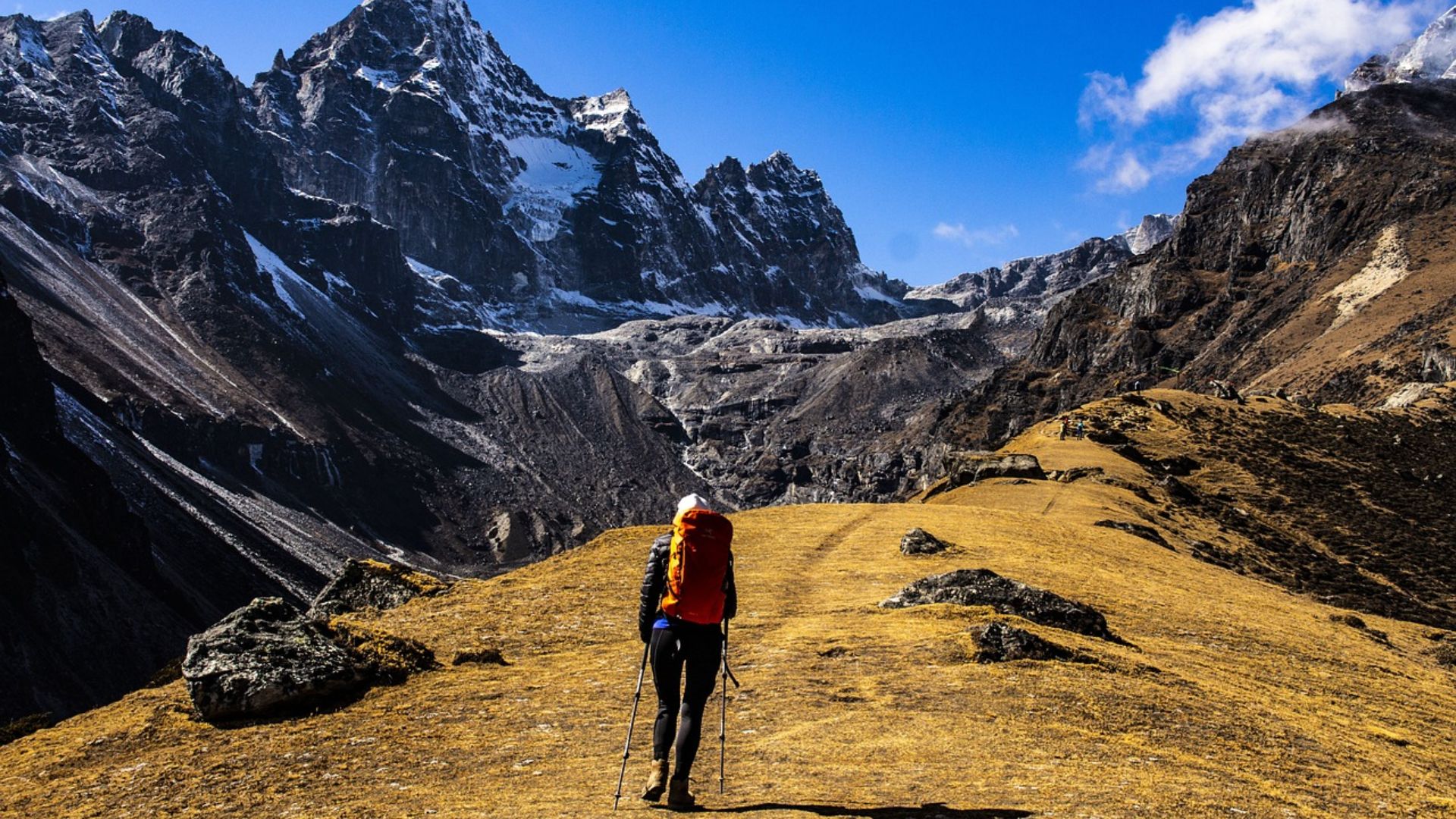
The BBC reported that the Nepalese authorities are preparing to move Everest Base Camp further down the valley. Geographer, Lukas Furtenbach, said “it is concerning for the future”.
Unprecedented challenges posed by climate change range from a spike in avalanches and rocky sections becoming unstable, to cyclones on the Bay of Bengal bringing heavy snowfall and larger crevasses on the western side and the Lhotse Face.
Potential Alternative Routes To Climb Everest
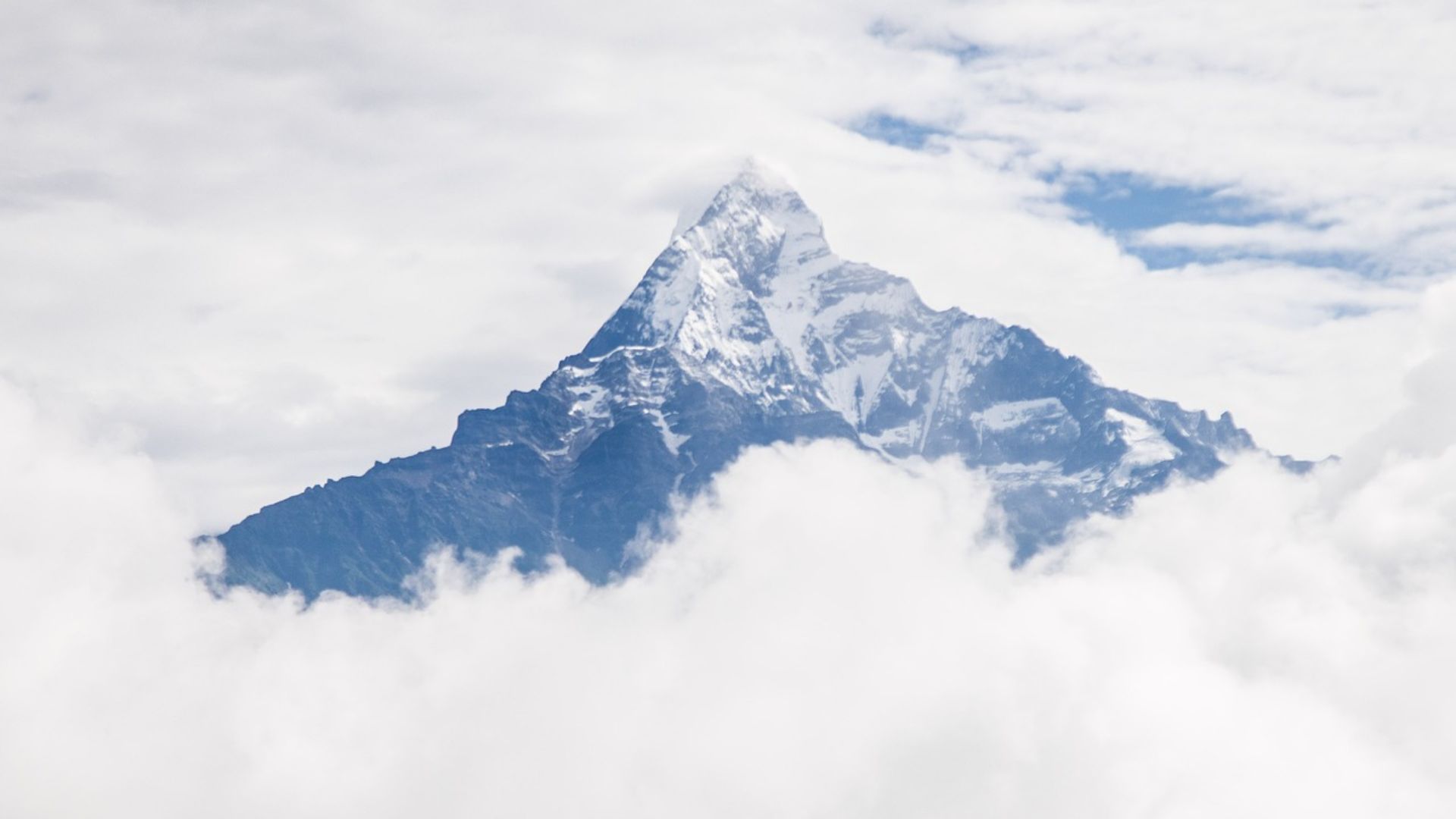
Environmental challenges and an uptake in tourism naturally pose the question as to whether climbers should go about Everest in a different way.
Some have argued that overcrowding in the Nepalese base camps could be alleviated if China reopens the north side of the mountain for foreign expeditions. However, the jury is out as to whether these problems would simply be transferred across all sides of the mountain.
